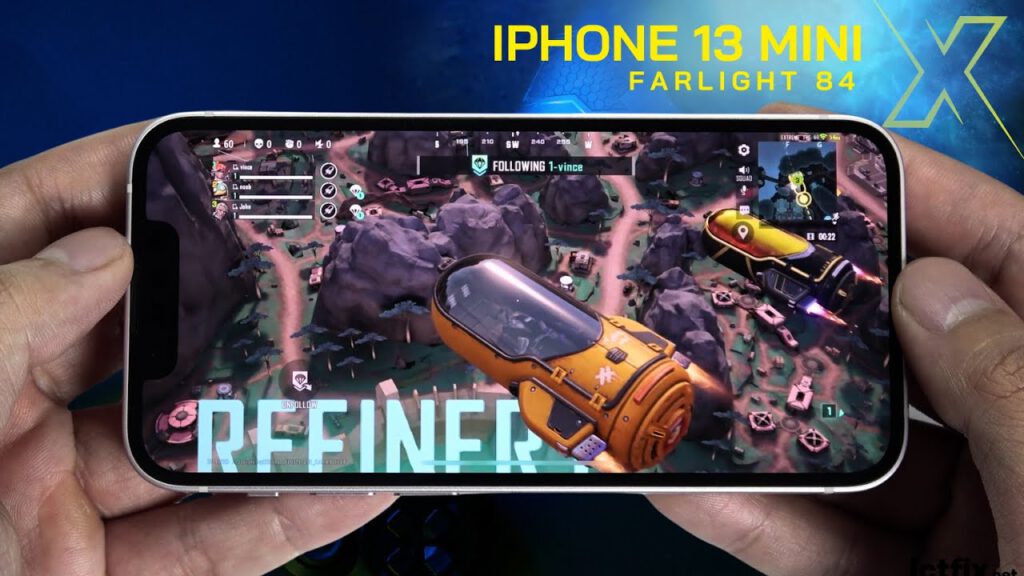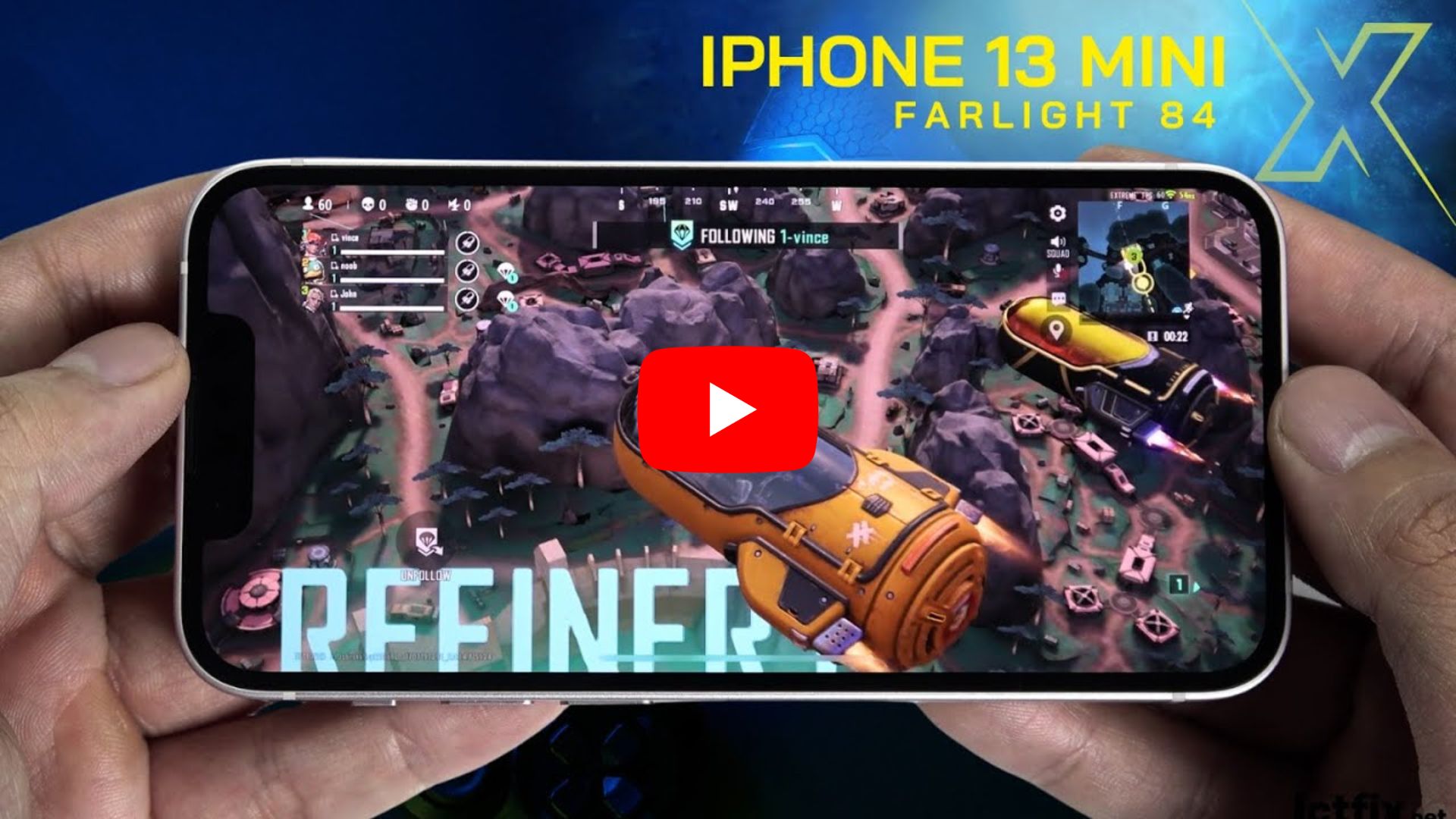iPhone 13 Mini Farlight 84 Gaming test. In this review, we will assess its gaming capabilities, specifically focusing on its performance in the thrilling game Farlight 84.
Video iPhone 13 Mini Farlight 84 Gaming test:
The iPhone 13 mini is equipped with the Apple A15 Bionic chipset, which ensures optimal performance for demanding games like Farlight 84. The hexa-core CPU, comprising 2×3.23 GHz Avalanche cores and 4×1.82 GHz Blizzard cores, delivers efficient multitasking and powerful performance. This allows the iPhone 13 mini to handle the graphics-intensive requirements of Farlight 84, providing a smooth and immersive gaming experience.
The iPhone 13 mini’s Apple GPU with 4-core graphics significantly enhances the visual experience in Farlight 84. The GPU’s capabilities, combined with the device’s powerful hardware, enable stunning graphics, realistic effects, and smooth animations. The iPhone 13 mini’s high-resolution Super Retina XDR display further elevates the Farlight 84 experience, providing vibrant colors, sharp visuals, and an immersive gaming environment.
The iPhone 13 mini offers an exceptional Farlight 84 gaming experience. The Apple A15 Bionic chipset, hexa-core CPU, and Apple GPU ensure responsive gameplay, minimal lag, and high frame rates. The device’s powerful hardware and optimized software contribute to smooth transitions, quick loading times, and precise controls within the game.
Thanks for reading ! If there are questions about “iPhone 13 Mini Farlight 84 Gaming test” you can comment I will try to answer soon. Please like, subscribe to my channel to motivate me to make even better videos or post.
SUBCRIBE MY CHANNEL HERE !
See more
Redmi Note 13 Farlight 84 Gaming test | Snapdragon 685, 120Hz Display.
Realme Note 50 Call of Duty Warzone Mobile Gaming test | Unisoc Tiger T612, 90Hz Display
realme Note 50 PUBG Mobile Gaming test | Unisoc Tiger T612, 90Hz Display
Realme Note 50 Farlight 84 Gaming test | Unisoc Tiger T612, 90Hz Display
Samsung Galaxy S24 Farlight 84 Gaming test | Exynos 2400, 120Hz Display


